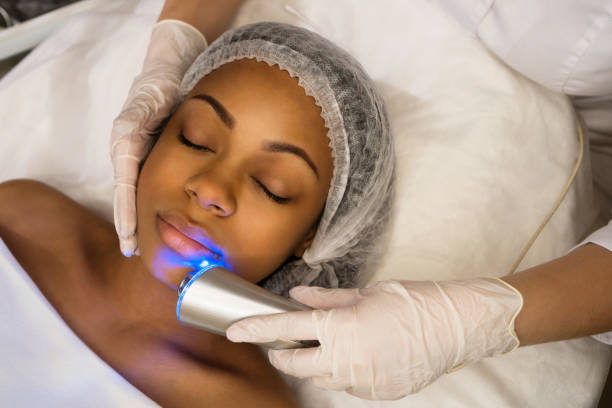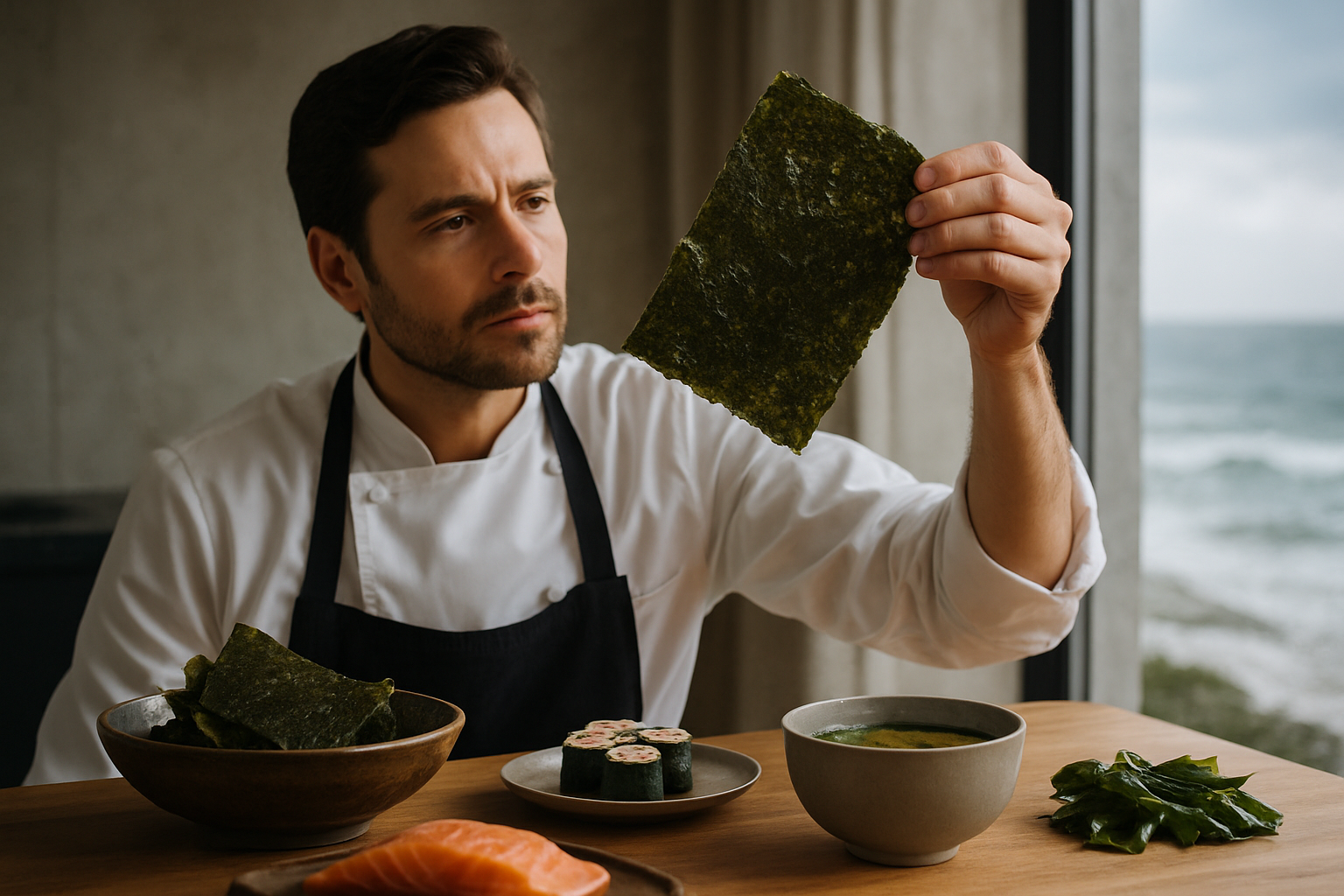Chromotherapy: The Spectrum of Wellness
In the ever-evolving landscape of beauty and fitness, a vibrant and intriguing practice is gaining momentum. Chromotherapy, also known as color therapy, harnesses the power of light and color to promote physical and emotional well-being. This holistic approach to health and beauty taps into the profound effects that different hues can have on our bodies and minds. As more individuals seek natural, non-invasive methods for enhancing their overall wellness, chromotherapy offers a unique blend of ancient wisdom and modern scientific understanding. From its roots in ancient civilizations to its applications in contemporary spas and wellness centers, chromotherapy is painting a new picture of what it means to care for oneself in the 21st century.

During the Middle Ages, the use of stained glass in European cathedrals was not merely decorative; it was believed to have healing effects on worshippers. The Renaissance period saw a revival of interest in color therapy, with notable figures like Paracelsus exploring the relationship between colors and bodily health.
The Science Behind the Spectrum
Modern chromotherapy is grounded in the understanding that light is a form of energy that can affect our biological systems. Each color in the visible spectrum has a specific wavelength and frequency, which can interact with our bodies in different ways.
Research has shown that exposure to different colors can influence physiological responses such as heart rate, blood pressure, and cortisol levels. For example, blue light has been found to have a calming effect and may help regulate sleep patterns, while red light has been associated with increased energy and circulation.
The field of photobiomodulation, which studies the effects of light on cellular function, has provided scientific backing for some chromotherapy practices. Studies have demonstrated that certain wavelengths of light can stimulate mitochondrial activity, potentially enhancing cellular repair and regeneration.
Chromotherapy in Modern Beauty Practices
In the beauty industry, chromotherapy has found its way into a variety of treatments and products. LED light therapy masks have become increasingly popular, offering at-home treatments for various skin concerns. Different colors are used to target specific issues:
- Red light: Stimulates collagen production and may help reduce the appearance of fine lines and wrinkles.
- Blue light: Known for its antibacterial properties, it’s often used to treat acne-prone skin.
- Green light: Believed to help with hyperpigmentation and promote an even skin tone.
- Yellow light: Associated with reducing redness and inflammation in the skin.
High-end spas and wellness centers now offer chromotherapy sessions, often in conjunction with other treatments like hydrotherapy or massage. These sessions typically involve lying in a room bathed in colored light, with the hues changing to address different aspects of well-being.
Fitness and Performance Enhancement Through Color
The application of chromotherapy extends beyond skincare into the realm of fitness and athletic performance. Some innovative gyms and training facilities have begun incorporating color-changing LED lighting systems into their spaces. The idea is to use different colors to enhance various aspects of a workout:
- Red environments may increase energy and physical strength, making them suitable for high-intensity workouts or weightlifting sessions.
- Blue spaces could promote focus and mental clarity, beneficial for yoga or meditation practices.
- Green areas might foster a sense of balance and harmony, ideal for recovery zones or stretching areas.
Athletes and fitness enthusiasts are also experimenting with colored eyewear during training. Preliminary studies suggest that exposure to certain colors through tinted lenses may influence performance and perceived exertion levels.
The Psychology of Color in Wellness Spaces
The psychological impact of color is a crucial aspect of chromotherapy’s effectiveness in wellness settings. Interior designers and architects specializing in wellness spaces are increasingly incorporating color psychology principles into their work.
- Soft blues and greens in relaxation areas can promote a sense of calm and tranquility.
- Warm yellows and oranges in social spaces may encourage interaction and positive mood.
- Deep purples in meditation rooms can enhance introspection and spiritual connection.
By carefully curating the color palette of a space, wellness professionals aim to create environments that support specific emotional and physical states, enhancing the overall effectiveness of treatments and practices.
Challenges and Considerations in Chromotherapy
While chromotherapy shows promise, it’s important to approach it with a critical eye. The efficacy of color therapy can vary greatly depending on individual perception, cultural background, and personal associations with different colors. What calms one person may energize another, making standardized treatments challenging.
Moreover, the scientific community calls for more rigorous research to fully understand and validate the effects of chromotherapy. While some studies have shown promising results, others have been inconclusive or limited in scope.
It’s also crucial to consider the potential risks of overexposure to certain types of light, particularly in the case of LED therapies. Proper eye protection and adherence to recommended exposure times are essential for safe practice.
The Future Palette of Chromotherapy
As technology advances, the future of chromotherapy looks bright and colorful. Wearable devices that can emit therapeutic light throughout the day are in development, potentially offering personalized color therapy on the go. Smart home systems may soon integrate chromotherapy principles, automatically adjusting lighting to support circadian rhythms and overall well-being.
In the beauty industry, we may see more sophisticated, AI-driven light therapy devices that can analyze skin conditions and provide tailored color treatments. The fitness world might embrace virtual reality environments that use color to enhance workout experiences and recovery processes.
As our understanding of the complex interplay between light, color, and human biology deepens, chromotherapy stands poised to paint a new picture of holistic health and wellness. While it may not be a panacea, it offers a fascinating and potentially powerful tool in the ever-expanding palette of beauty and fitness practices.





